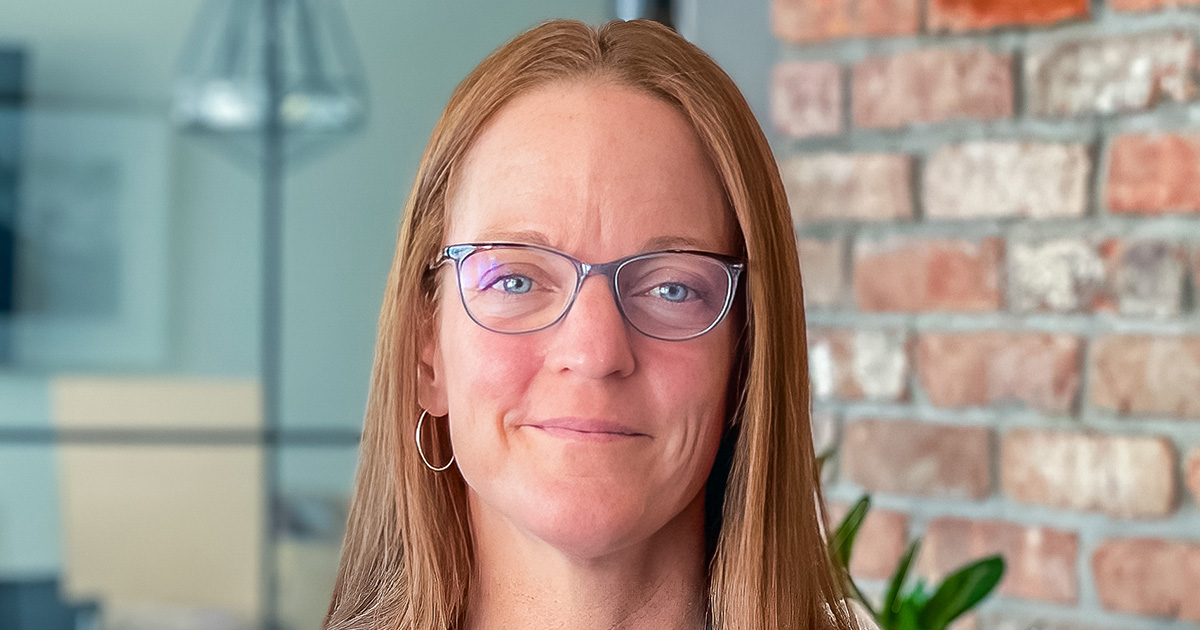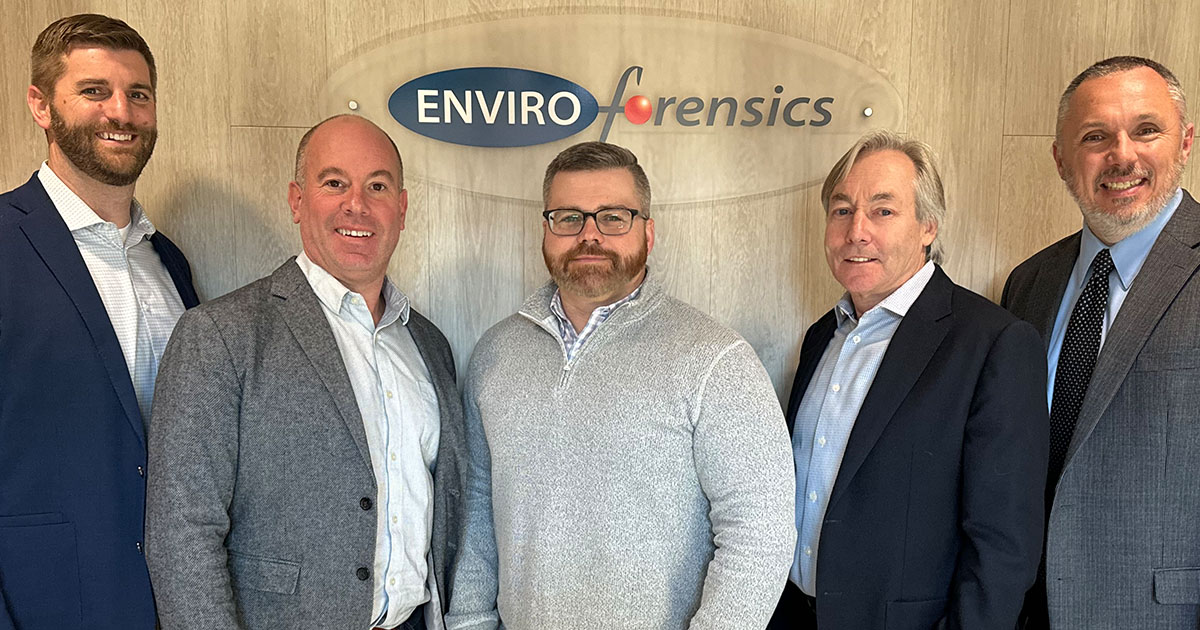Written by Steve Henshaw, P.G., President & CEO, EnviroForensics
As seen in the January 2013 issue of Cleaner & Launderer.
Risk-based cleanup approaches to obtain environmental site closures are becoming more and more acceptable to the regulatory agencies. In general, if it can be demonstrated that contaminants left in soil and groundwater won’t cause an adverse impact to people or the environment (animals and their habitat), they may be able to be left in place and allowed to degrade over time. To evaluate risk-based cleanups, the exposure pathways need to be indentified and evaluated. Exposure pathways are the avenues or ways in which the contaminants could affect human health or the environment and include ingestion or uptake of water, direct contact with water or soil, and the inhalation of vapors or dust.
Risk assessments are now a routine part of determining appropriate cleanup approaches. If the risk assessment can demonstrate that no one is drinking untreated groundwater (well water) in the area, that pathway is considered closed and can be checked off in terms of its risk to human health and the environment. More specifically, the assessment could state the groundwater ingestion pathway is incomplete and there is the risk for cancer due to exposure to contaminants in groundwater is less than1 in 1,000,000. The other exposure pathways are evaluated in a similar fashion to evaluate the likelihood that an exposure pathway is or is not complete.
One of the most vulnerable exposure pathways is the inhalation of vapors by people living and working in homes and buildings at or near the site where the contaminants were released. Vapors are generated when contaminants that would rather be a gas than a solid or liquid migrate into building structures through the soil or through cracks in the foundations of buildings. Steps can be taken that create lower pressures below the buildings’ foundations than those inside the buildings, which prevents these harmful vapors from entering the buildings. Such systems are known as sub-slab depressurization systems or SSDS’; if they are installed in buildings and are operating properly, inhalation exposure to vapors is eliminated. Theoretically, a site could have no completed exposure pathways and the contamination could be left in place.
You might think that sounds like a pretty good deal; instead of having to conduct soil and groundwater remedial actions, you could leave contaminated mass in the soil and groundwater as long as people are protected from exposure. Of course, that’s not as simple as it sounds: if you leave the contamination in place, you’ll still be required to monitor the groundwater and vapor intrusion risks for the long-term to ensure that people won’t be affected later on.
On its face, it might seem that long-term monitoring is far cheaper than conducting active remediation like soil removal, soil-vapor extraction or in-place injection of material to break up the contaminants in the groundwater, which is why a feasibility study needs to be conducted on every site. Feasibility studies provide the true costs and time-tables necessary to obtain site closure. They include evaluating several different remedial alternatives and screening the technologies for various issues including costs, schedule, effectiveness, implementability, community acceptance, reduction of toxins, and the protection of human health and the environment. In addition to various remedial technologies that may be appropriate for the type of chemicals present, the subsurface bedrock strata, and the general setting, the feasibility study should also include an analysis of leaving contaminated material in place and conducting long term monitoring necessary to obtain site closure.
Far too often, consultants indicate that leaving the contamination in place and conducting long term monitoring is the best and least costly remedial alternative. However, the science proves a very different outcome: when contaminants at high concentrations are left in place, particularly contaminated soil, the contaminants continue to diffuse from the source area into the surrounding medium. A mass of dry cleaning solvent that is hung up in soil tends to continue to “bleed,” or diffuse, into the surrounding groundwater, which in turn results in longer and longer monitoring periods to prove that the groundwater plume is stable and no longer poses a problem. On top of the expanded monitoring profile, sub-slab depressurization systems will be required to be operated for years on end in order to ensure people are not exposed to vapors intruding from the subsurface.
When you take into account the cost and the time associated with the long term monitoring of groundwater and vapor added to the stigma of having property with contaminants left in place, the constant diffusion of contaminants from the source area into the surrounding media, and the multitude of other considerations, more likely than not, addressing the source area is the best remedial alternative. Risk-based closures are still the right way to address site closure, but without dealing with the source area, you may be faced with monitoring and mitigation that grow from their initial, reasonable estimate into an interminable, expensive alternative.



